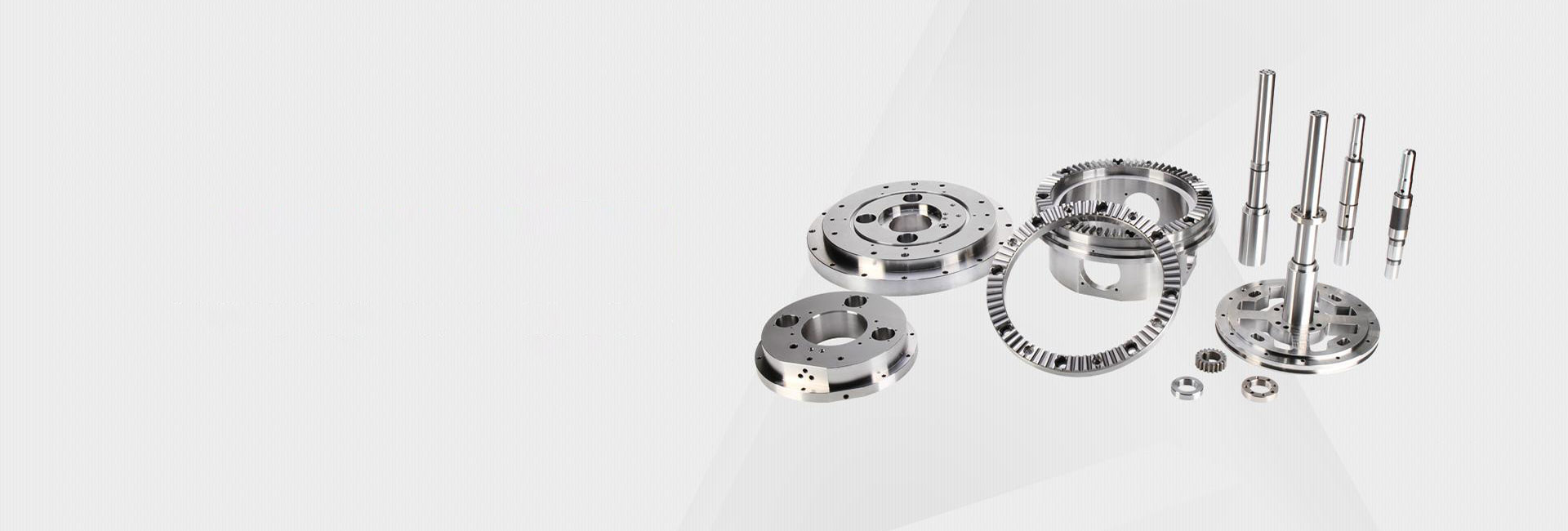How to Effectively Machine Hard Materials with CNC
Ever tried machining those super hard materials and felt like you're fighting a losing battle? 😩 Tool breaks, surface finish looks terrible, and you're constantly adjusting parameters? You're not alone. Many shops struggle with CNC high-hardness material processing, but what if there were smarter ways to approach this challenge?
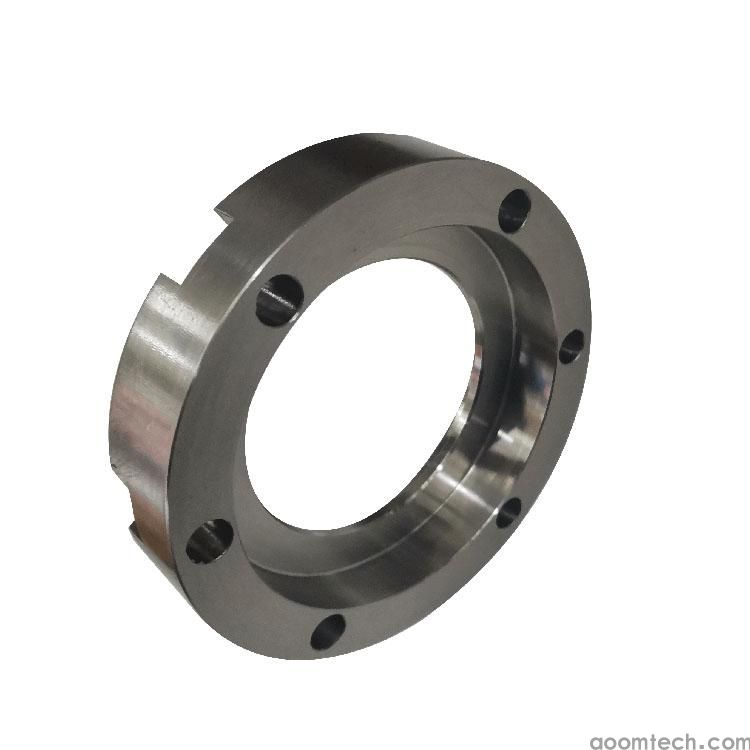
What Exactly Are "Hard Materials" in CNC Machining?
When we talk about hard materials in CNC context, we're generally referring to stuff that's tougher than your average steel. Think hardened steels (above 45 HRC), tool steels, certain stainless grades, and exotic alloys. These materials resist deformation beautifully, but that same quality makes them notoriously difficult to cut.
The interesting thing is, hardness isn't the only enemy here. Some materials might be moderately hard but still miserable to machine because of their toughness or tendency to work-harden. It's this combination of properties that really tests your machining skills.

Why Do Hard Materials Behave So Differently?
Hard materials fight back, plain and simple. They generate insane heat at the cutting edge, which quickly dulls your tools. They also create those annoying little chips that don't break properly, leading to re-cutting and poor surface quality.
But here's what many don't realize: the problem isn't always the material itself. Often, it's our approach that needs adjustment. We tend to use the same strategies we'd use for mild steel, just with different speeds and feeds. That approach might work for moderately hard stuff, but when you cross a certain hardness threshold, everything changes.
The Tooling Dilemma: Harder Isn't Always Better
Conventional wisdom says to use the hardest tool possible for hard materials. While there's truth to this, the reality is more nuanced. Super hard tools like ceramics or CBN can handle the heat, but they're brittle and hate interrupted cuts.
I've found that sometimes a tough carbide grade with specialized coating outperforms harder but more brittle options. The coating reduces heat transfer to the tool substrate, while the tougher base handles the mechanical shock better. It's this balance between hot hardness and toughness that often determines success.

Parameter Adjustments That Actually Work
Let's talk about the practical stuff - what to change in your CNC program:
• Speed reduction is obvious, but don't overdo it - too slow and you're just rubbing, generating heat without cutting
• Feed rates need careful tuning - too light and you work-harden the surface; too heavy and you break tools
• Depth of cut matters more than you think - sometimes a heavier, cleaner cut works better than multiple light passes
The tricky part is that the "perfect" parameters for one hard material might be disastrous for another. I've seen cases where increasing the feed rate actually improved tool life because it created thicker chips that carried heat away more effectively.
Coolant or Not? The Great Debate
This is where opinions really differ. Some swear by high-pressure coolant through the tool, while others prefer air blast or even dry machining. The right answer probably depends on your specific situation.
Through-tool coolant can be amazing for heat management, but if your setup isn't perfectly sealed, the thermal shock might actually crack your carbide inserts. Air blast with minimum quantity lubrication might be the safer bet for many applications, though it requires good chip evacuation.
Real-World Strategy That Might Help
After watching countless shops tackle this problem, I've noticed something interesting: the most successful ones aren't necessarily using fancy equipment or exotic tools. Instead, they've mastered the fundamentals - rigid setups, sharp tools, and consistent approaches.
One shop I visited had remarkable success with hard turning by simply ensuring their workpiece was supported within 2-3 diameters of the cutting tool. This basic rigidity improvement solved more problems than any parameter tweak could have.
Another approach that seems to work is thinking in terms of "chip thickness per tooth" rather than just feed rates. This subtle shift in perspective often leads to better parameter choices.
When to Consider Alternative Approaches
Sometimes, the conventional CNC milling or turning path isn't the best choice for really hard materials. Technologies like milling with CBN tools or even electrical discharge machining might be worth considering for certain applications.
That said, these alternatives come with their own challenges and cost considerations. The decision often comes down to part quantity, required precision, and your available equipment.
Looking at all these factors together, effective hard material machining might be less about finding a magic solution and more about systematically addressing each element of the process. From my experience, shops that document their attempts and learn from both successes and failures tend to crack this nut faster.
If you're still struggling with that particularly nasty material, sometimes a fresh perspective helps. Our technical team has helped numerous manufacturers overcome similar challenges - maybe we can spot something you've missed? 👨🔧
 How to Effectively Machine Har
How to Effectively Machine Har
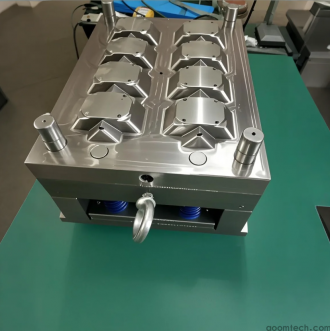 What is High Precision CNC Mol
What is High Precision CNC Mol
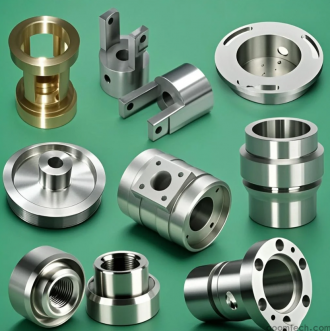 Key Considerations for CNC Sta
Key Considerations for CNC Sta
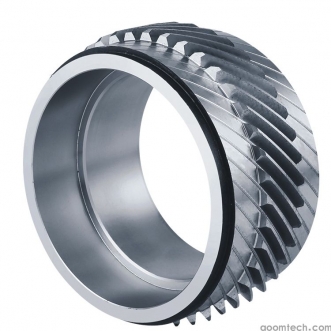 How Much Does CNC Anti-Slip To
How Much Does CNC Anti-Slip To


